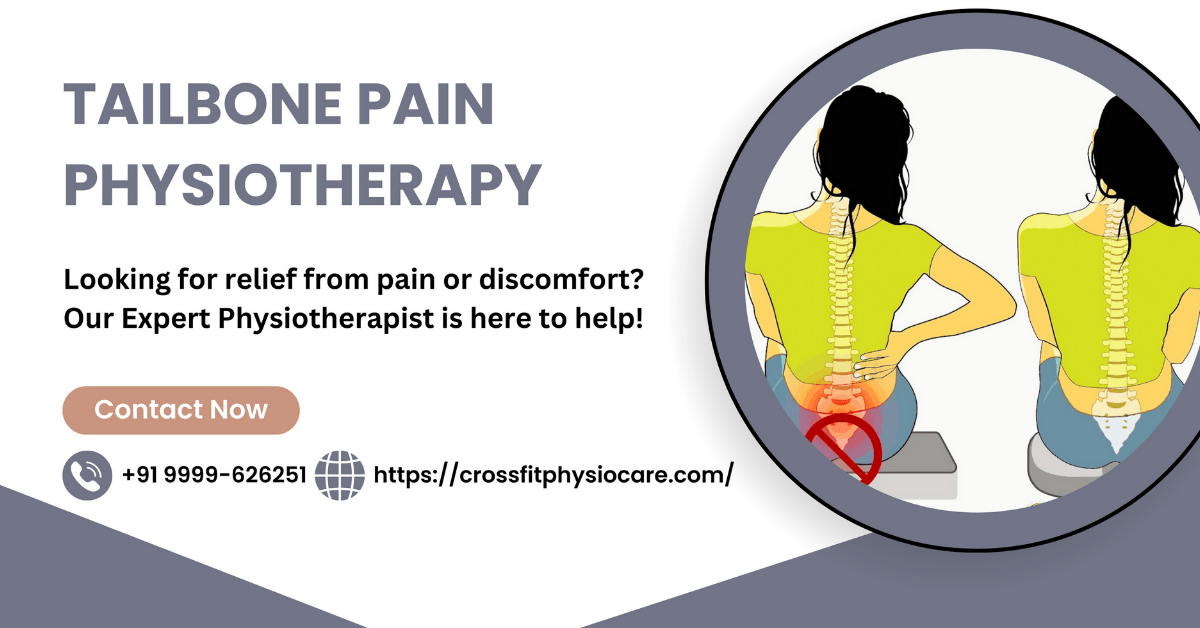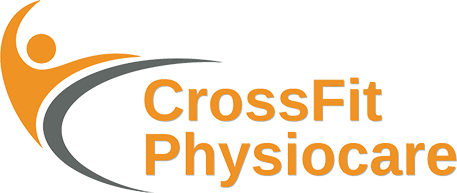
Tailbone Pain Physiotherapy
Tailbone pain, also known as coccydynia, is discomfort or pain in the coccyx, which is the small, triangular bone at the bottom of the spine. Coccydynia can range from mild discomfort to severe pain and can be caused by various factors.
Causes of Tailbone Pain:
Trauma or Injury: A fall directly onto the tailbone, such as slipping on ice or landing on a hard surface, can cause bruising or even fracture of the coccyx.
Repetitive Strain: Activities that involve repetitive sitting, especially on hard surfaces, can lead to irritation and inflammation of the coccyx.
Childbirth: Women may experience tailbone pain after giving birth due to pressure and movement during delivery.
Poor Posture: Prolonged sitting with poor posture or slouching can strain the coccyx and surrounding muscles.
Infection or Abscess: In rare cases, infections or abscesses in the area can cause pain.
Degenerative Changes: Aging or degenerative conditions can lead to wear and tear in the coccyx area.
Symptoms of Tailbone Pain:
Pain: The primary symptom is pain at the base of the spine, which can range from dull aching to sharp pain.
Discomfort while Sitting: Sitting can worsen the pain, especially on hard surfaces.
Pain with Movement: Activities that involve bending or moving the spine, such as standing up from a seated position, can trigger pain.
Pain during Intercourse: Some individuals may experience pain during sexual intercourse due to pressure on the coccyx.
Treatment and Management:
Rest and Activity Modification: Avoid activities that exacerbate pain, and consider using a cushion or pillow when sitting.
Pain Relievers: Over-the-counter pain relievers can provide temporary relief from pain and inflammation.
Hot and Cold Therapy: Applying heat or cold packs to the affected area can help alleviate pain and reduce inflammation.
Cushions: Special cushions designed to relieve pressure on the coccyx can be used when sitting.
Physical Therapy: A physical therapist can recommend exercises to improve posture, strengthen core muscles, and alleviate pain.
Manual Therapy: Techniques such as massage or manual manipulation can help relax tense muscles and improve blood flow.
Injections: In some cases, corticosteroid injections may be used to provide pain relief and reduce inflammation.
Surgical Intervention: Surgery is rarely needed for tailbone pain and is considered only if conservative treatments fail and the pain is severe and persistent.
If tailbone pain is severe, persistent, or interfering with daily activities, it’s important to consult a healthcare provider for an accurate diagnosis and appropriate treatment recommendations. A healthcare provider can help determine the underlying cause of the pain and guide you in managing and relieving tailbone discomfort.
- Daani Plaza E-595-596, 4th Floor, Ramphal Chowk Rd, Block E, Sector 7 Dwarka, New Delhi - 110075
- +91 99996 26251
- support@crossfitphysiocare.com
How can we help you?
If you are looking for the best and nearest physiotherapist, then click below to message us on WhatsApp.
